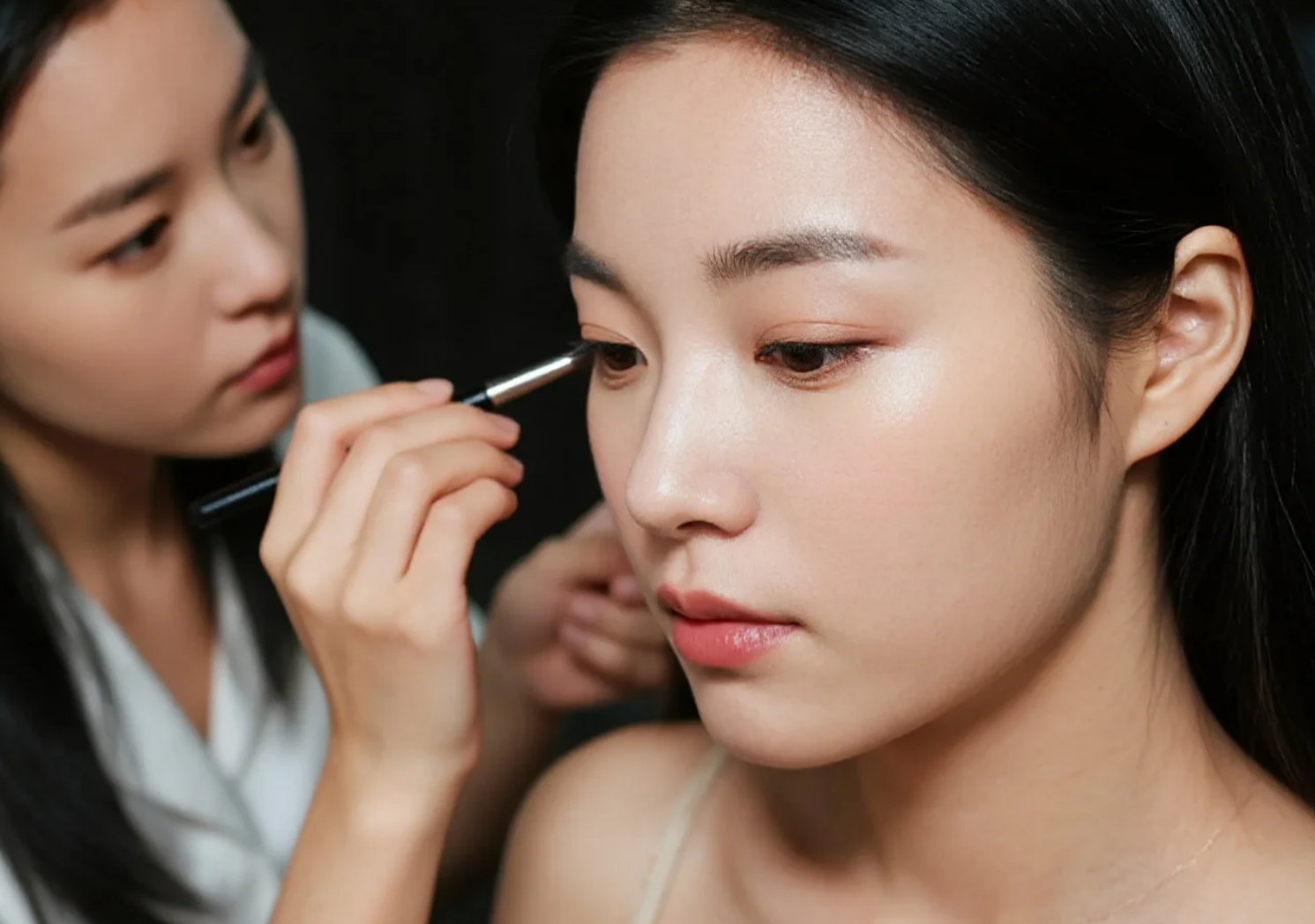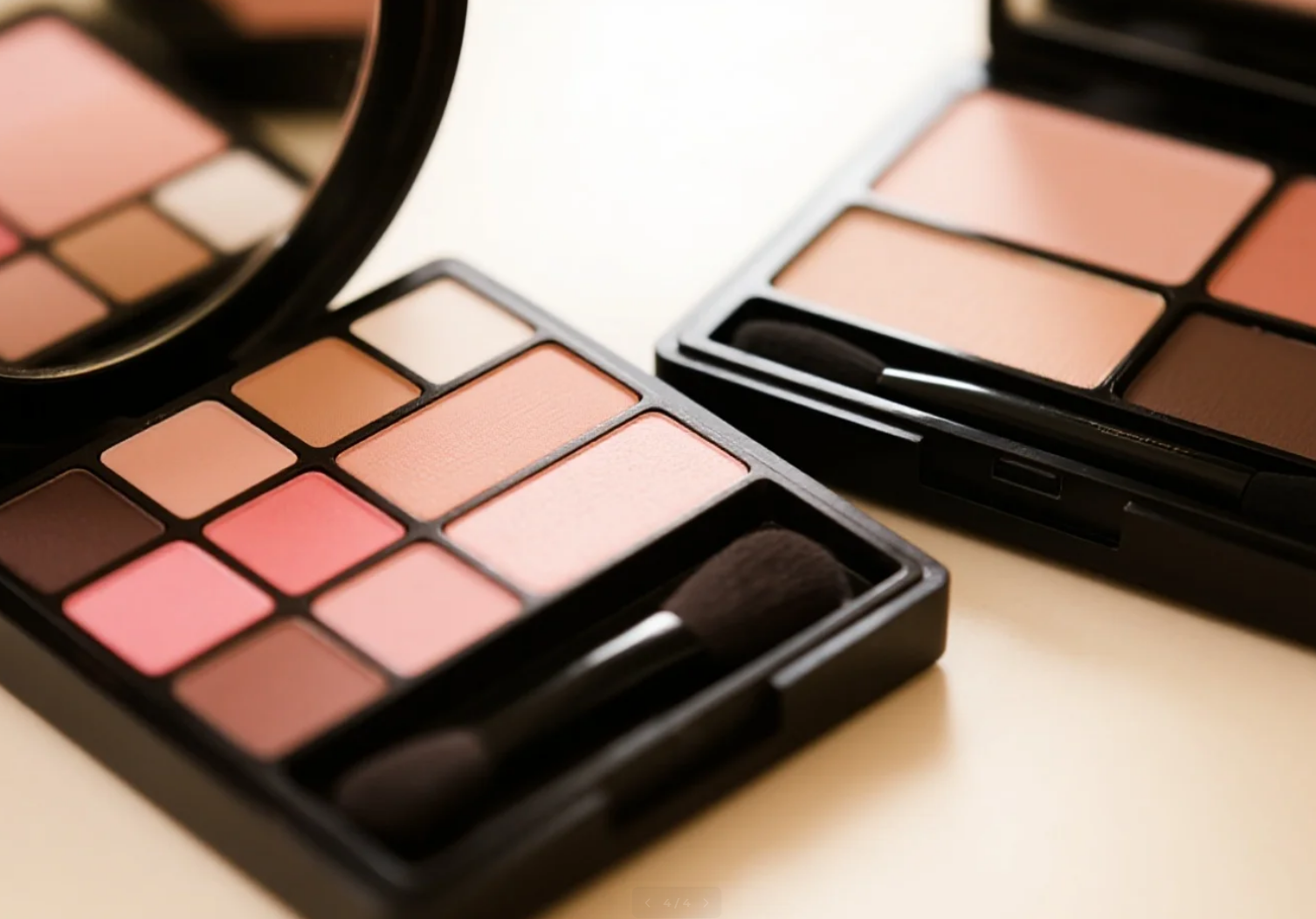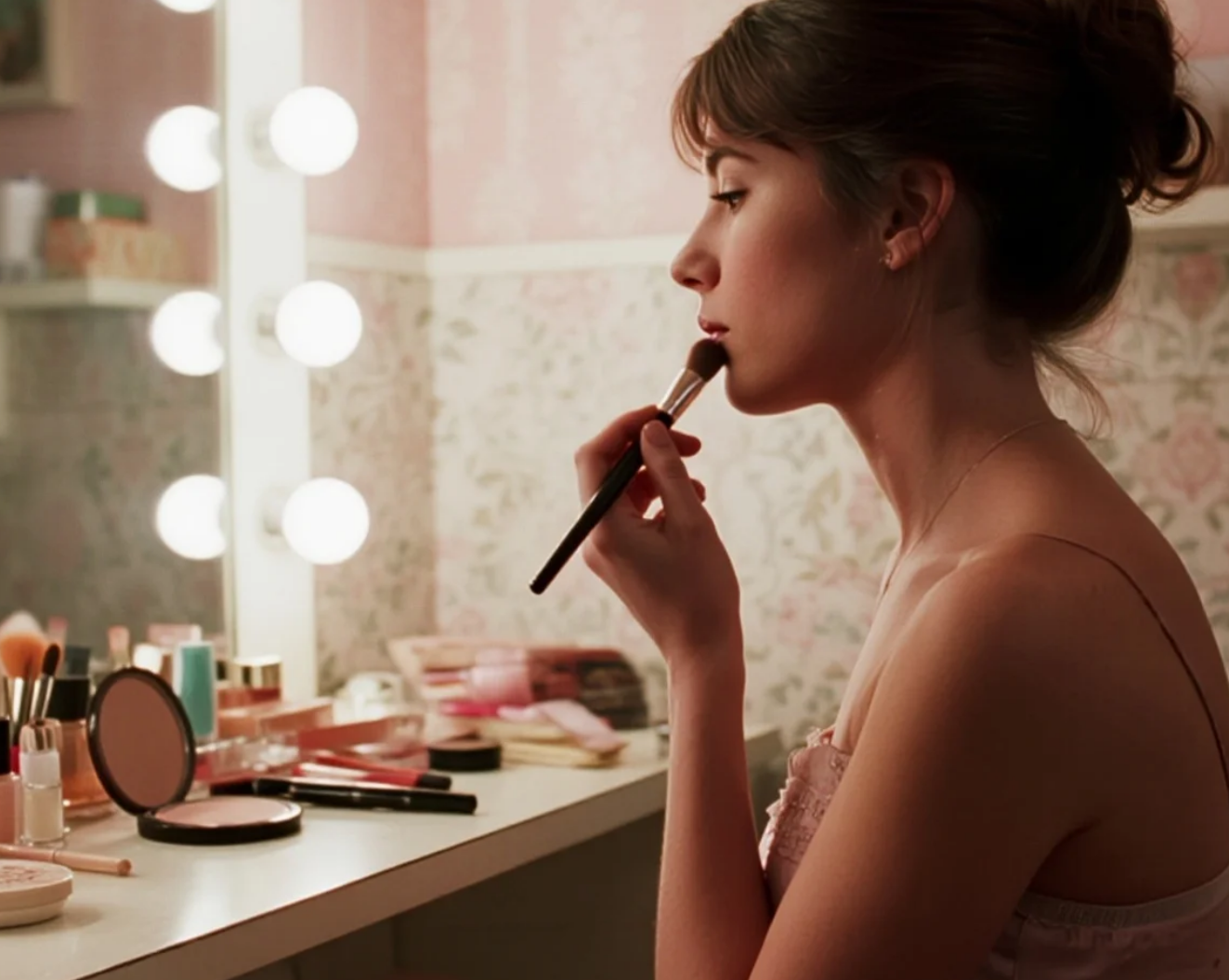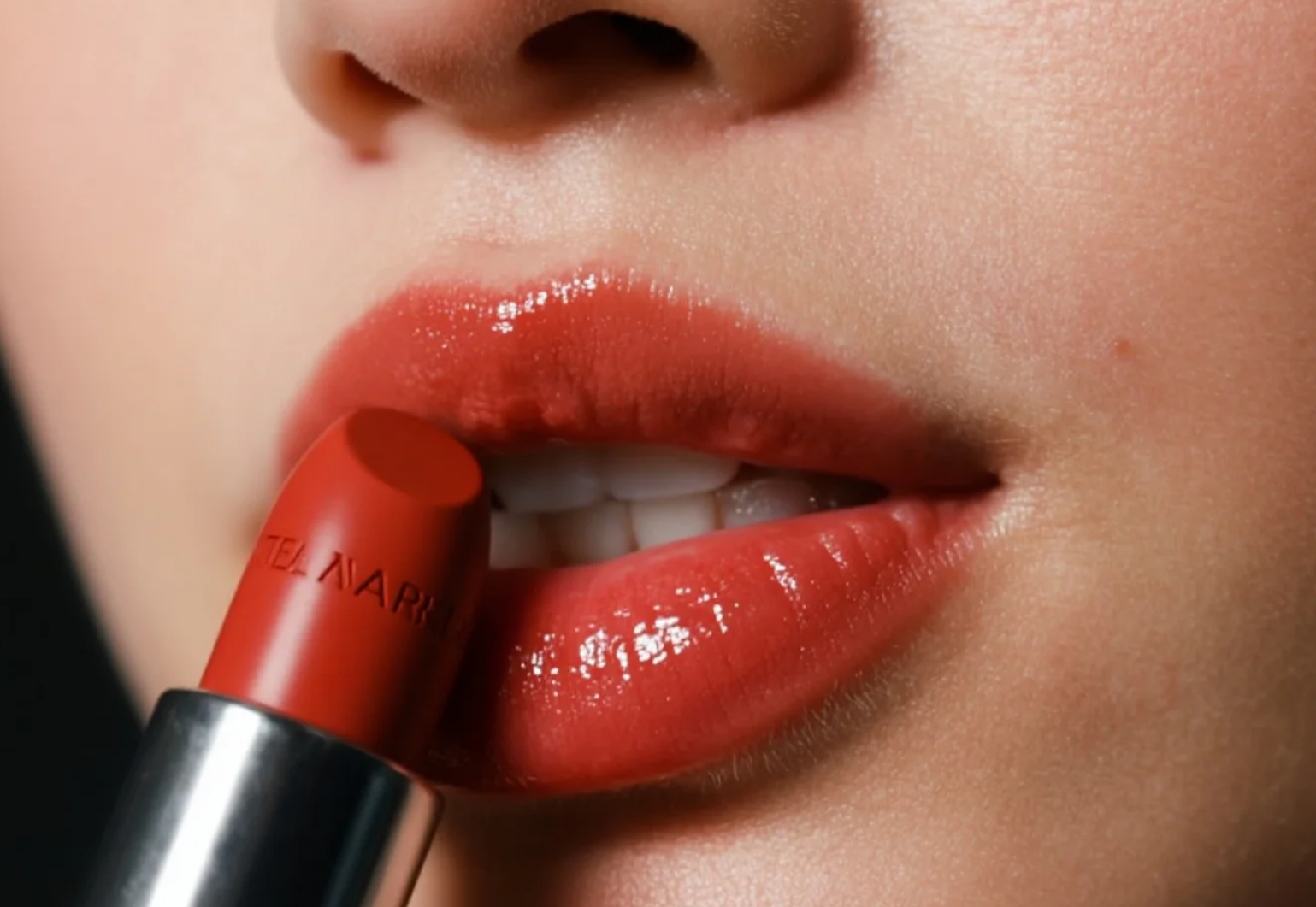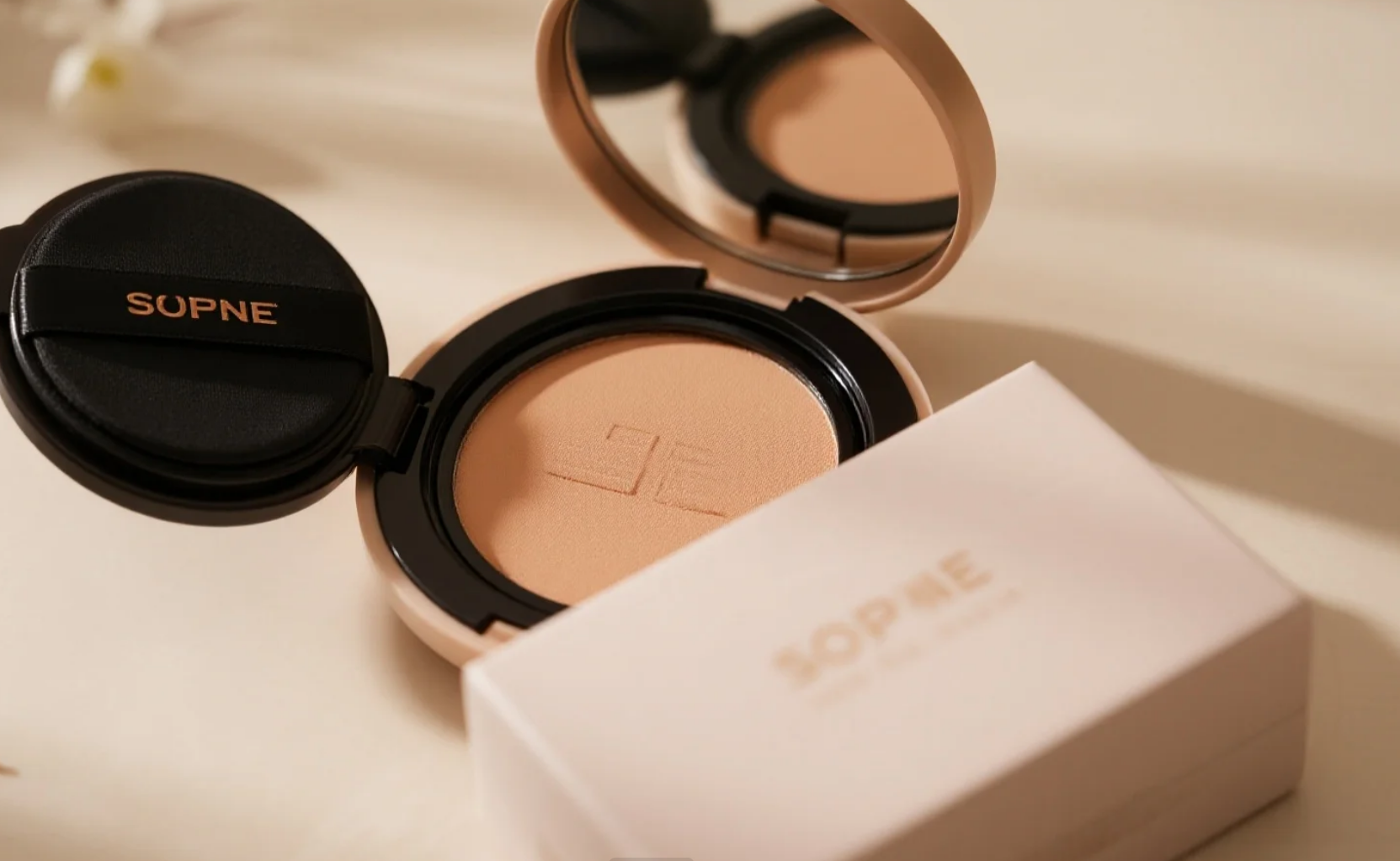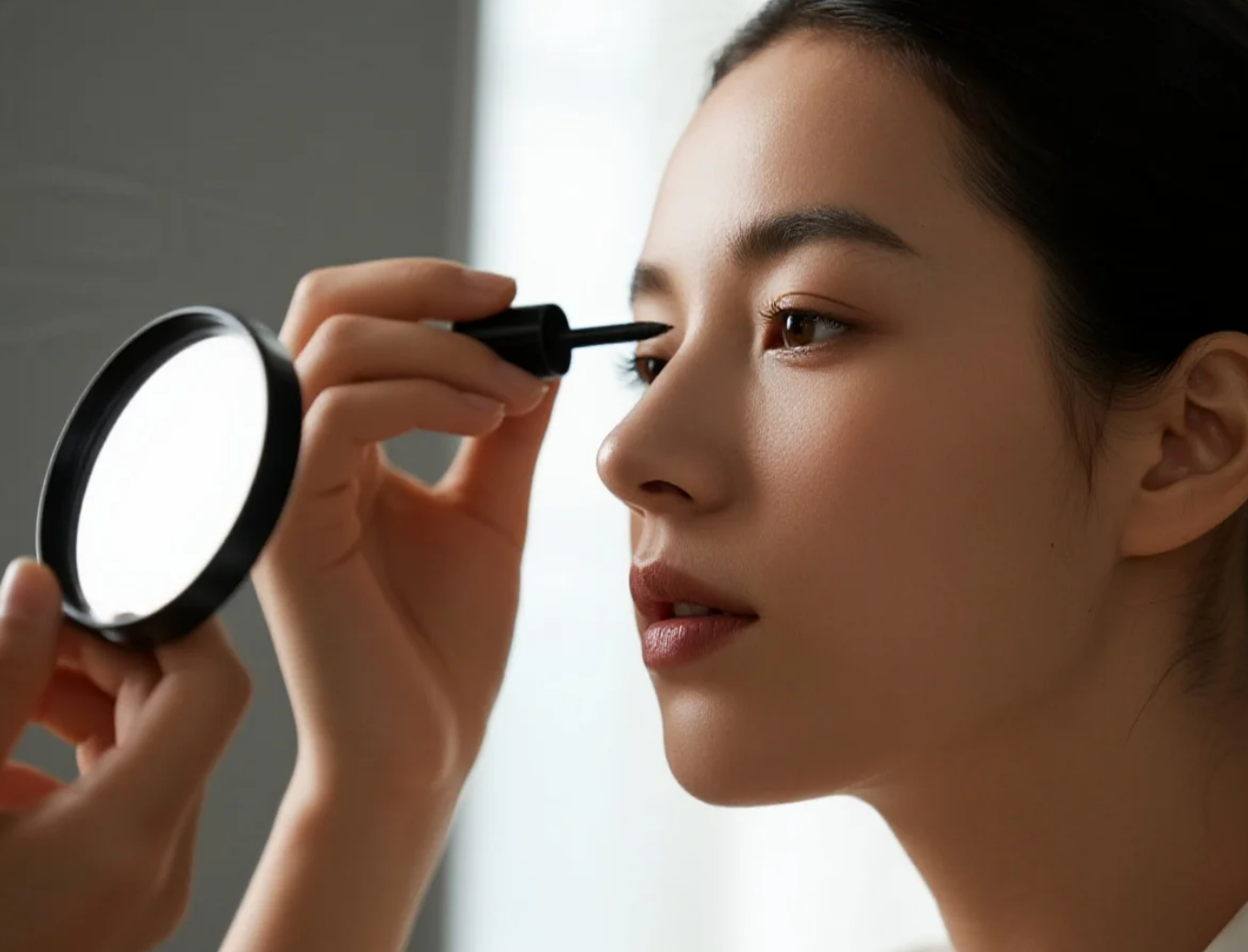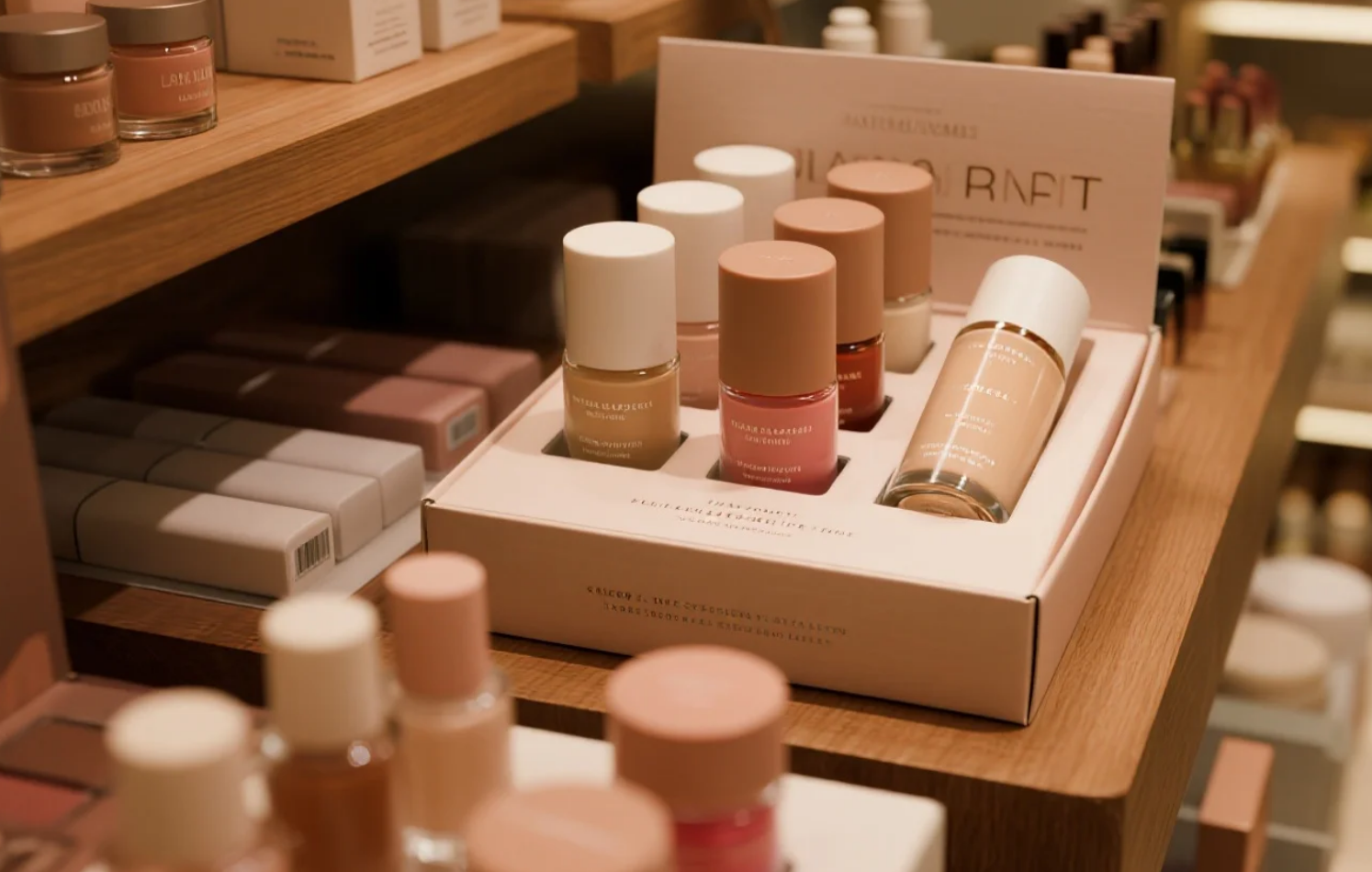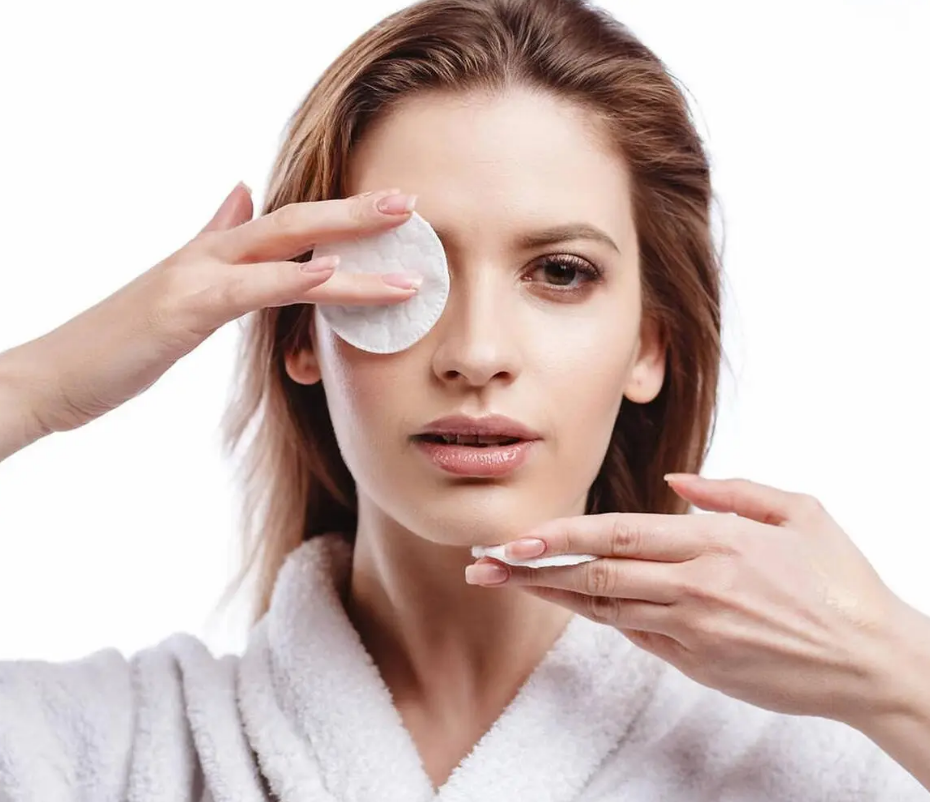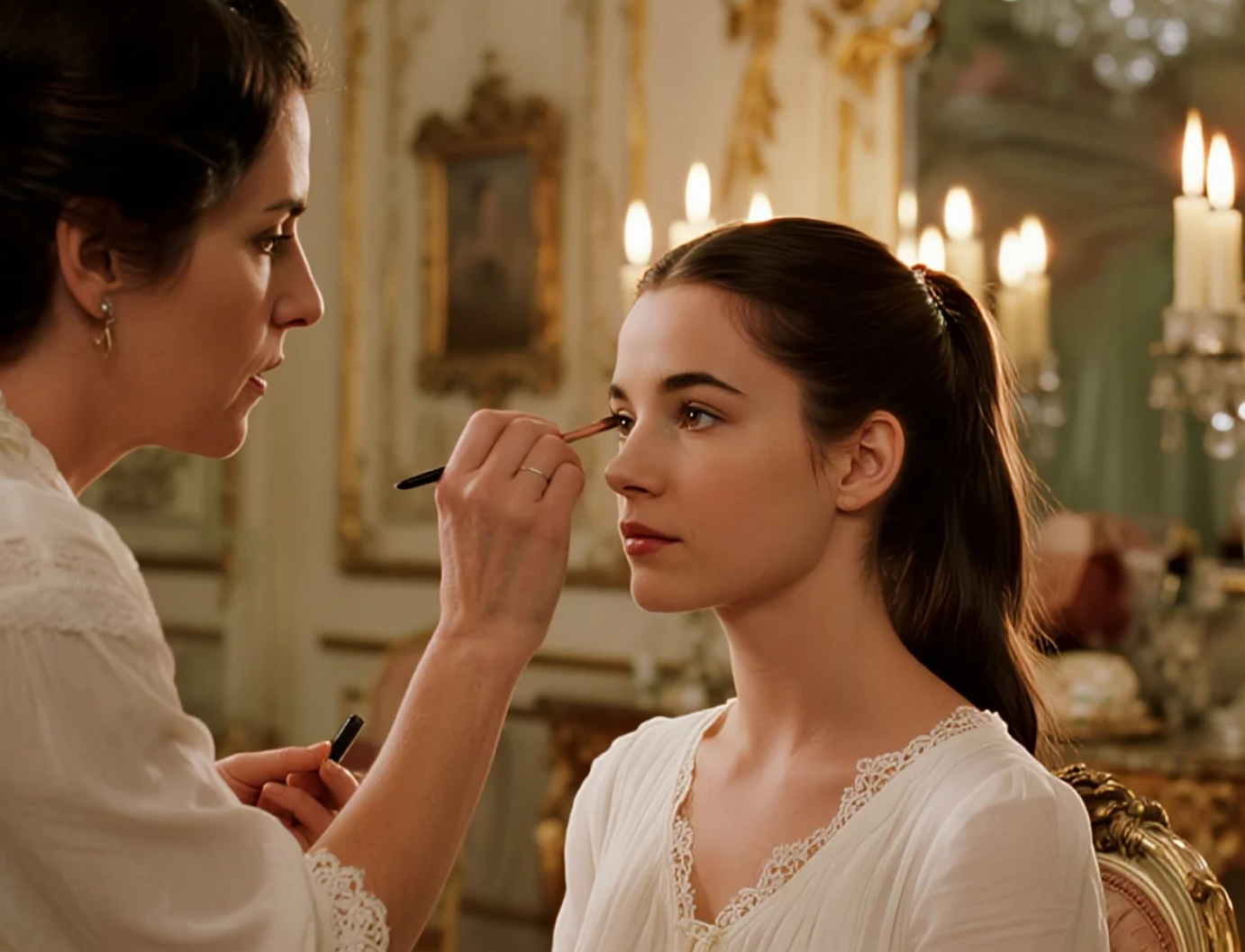The Golden Ratio of Eye Makeup: The Scientific Technique for "Enlarging Eyes"
We're often bombarded with "big-eyed" makeup tutorials on social media, but when we actually try to replicate them, the results often backfire—either the makeup ends up looking too heavy or the effect is counterproductive. The key to this is that most tutorials focus solely on the "how" of the look, while ignoring the scientific principles behind it. The golden ratio of eye makeup isn't a mystery; it's a precise science that integrates visual perception, facial anatomy, and color psychology. Understanding these principles is crucial for mastering the art of enlarging eyes.
The human preference for large eyes has an evolutionary basis. Research shows that larger eyes are associated with youthful, healthier facial features, triggering feelings of protectiveness and closeness in viewers. However, modern beauty concepts for "big eyes" aren't simply about increasing physical size based on biological factors, but rather about optimizing the proportional relationship of the eyes within the face through optical illusions. The golden ratio (1:1.618) revealed by Leonardo da Vinci in his "Vitruvian Man" also applies to eye aesthetics. Ideally, eye length should be 2.5-3 times eye height, a ratio remarkably consistent across Eastern and Western aesthetics. When our eye shape deviates from this ratio, makeup techniques are necessary to correct it.
"Three-part and five-eye" is the fundamental coordinate system for facial aesthetics. Ideally, the distance between the eyes should be equal to the length of one eye. This standard provides a benchmark for adjustment. If the eyes are too far apart, use dark eyeshadow to create a shadow effect at the inner corners. If the eyes are too close together, avoid emphasizing the inner corners of the eyes and instead focus on extending the outer corners. Korean makeup artist Bae Soo-min has found that extending the outer corners of the eyes by 2-3 mm can visually enlarge the eyes by 15%, a value that closely approximates the increase in the golden ratio. However, it's important to note that this extension must follow the natural curve of the lower eyelid; any abrupt angle changes will disrupt facial harmony.
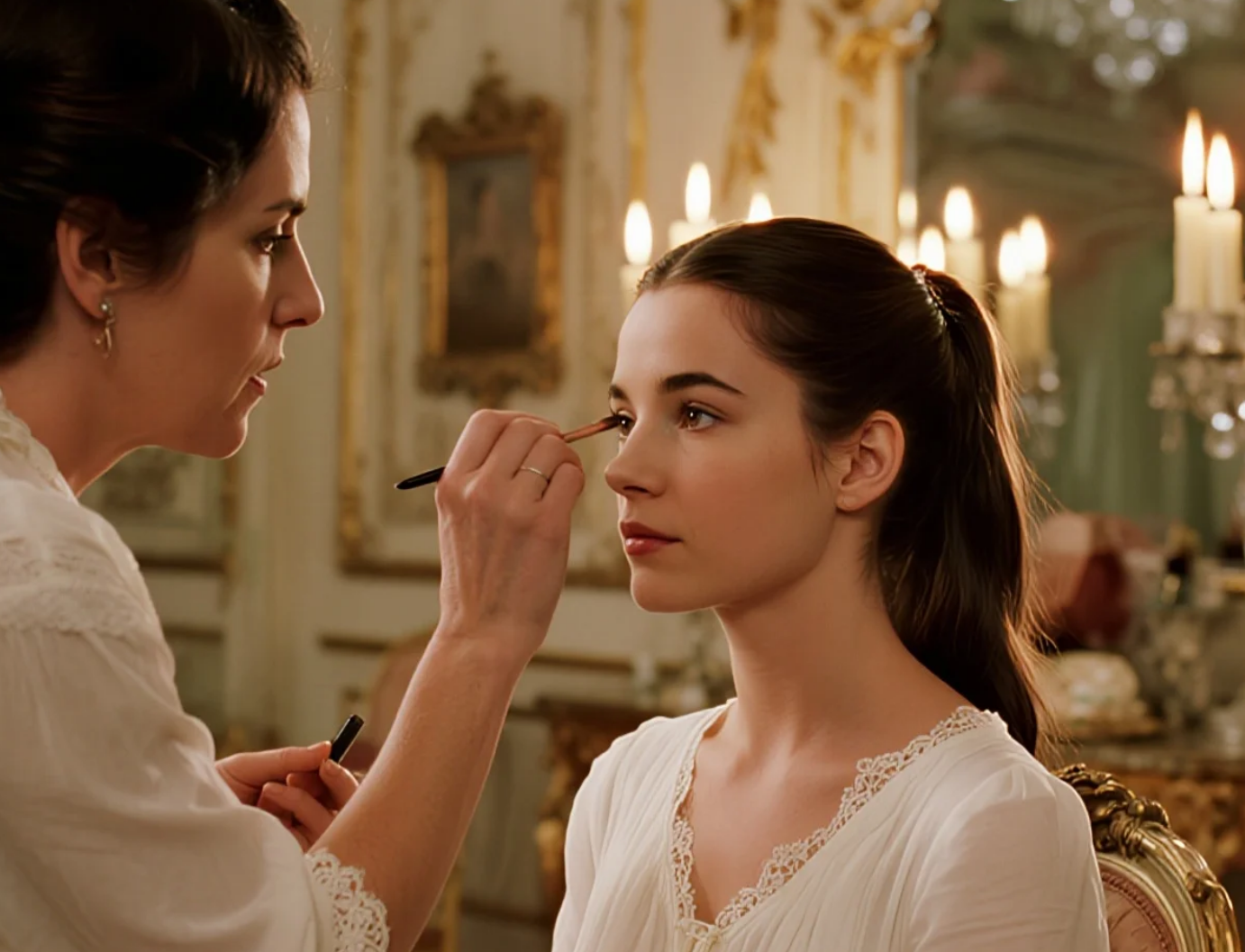 The use of light and shadow is the core magic of eye makeup. According to optical principles, dark colors absorb light, creating a contracting effect, while light colors reflect it, creating an expanding effect. Professional makeup artists use eyeshadows of varying shades to create a sense of depth, much like a painter would with a sketch. For example, they use a matte brown two to three shades darker than your skin tone for the eye sockets, and a champagne shimmer dab at the center of the eyeball. This contrast of light and dark can simulate the deep eye socket structure of Westerners. A study from the University of Tokyo shows that proper lighting and shadow manipulation can increase the apparent size of eyes in photographs by 22%. However, be aware that Asians have thicker eyelid fat, so using overly cool shadows can create a "dirty" look. A warm gray-brown tone is a more natural choice.
The use of light and shadow is the core magic of eye makeup. According to optical principles, dark colors absorb light, creating a contracting effect, while light colors reflect it, creating an expanding effect. Professional makeup artists use eyeshadows of varying shades to create a sense of depth, much like a painter would with a sketch. For example, they use a matte brown two to three shades darker than your skin tone for the eye sockets, and a champagne shimmer dab at the center of the eyeball. This contrast of light and dark can simulate the deep eye socket structure of Westerners. A study from the University of Tokyo shows that proper lighting and shadow manipulation can increase the apparent size of eyes in photographs by 22%. However, be aware that Asians have thicker eyelid fat, so using overly cool shadows can create a "dirty" look. A warm gray-brown tone is a more natural choice.
Drawing eyeliner is a form of geometry. The tail of the eye alone involves three key parameters: the length should be between one-fifth and one-quarter of the eye length, the angle should form a golden triangle with the end of the brow and the wing of the nose, and the thickness should follow a gradient of 0.2:1:1.5 for the beginning of the eye: the middle of the eye: the end of the eye. Experiments at the University of the Arts London show that a perfectly applied eyeliner can extend the eye's focal point by 23%, but the wrong angle can make eyes appear droopy or aggressive. For those with double lashes, the optimal placement for eyeliner isn't the traditional base of the lashes, but rather the precise spot where "just 1mm is visible when the eyes are open." This technique maximizes the limited eyelid space.
Eyelash manipulation requires a physics-based approach. Curled lashes act like an "optical reflector" above the eyeball, increasing the amount of light entering the eye and making the pupil appear brighter and more focused. Data from Maybelline laboratories indicates that perfectly curled lashes can visually increase the height of the eyes by 1.5mm. However, the thickness of the lashes must match the eye shape: round eyes are best suited for lengthening the tail, while elongated eyes emphasize volume. Japanese makeup artist Yusuke Kawakita has developed the "three-point eyelash curling method": first, curl the base to create support, then the middle to enhance the curve, and finally, gently pinch the tips for a natural transition. This method creates the curl that best suits Asian eye shapes.
Color selection is informed by neuroscientific principles. MIT visual experiments confirm that the human brain is instinctively attracted to contrasting colors. Leveraging this principle, using cool pearlescent shimmer on dark brown eyelids or warm brown shadows around light irises can enhance the eye's presence. However, color saturation must be carefully controlled. Asian skin tones often have a yellowish tint, so eyeshadow saturation should be kept between 20-30%. Too much saturation can create a puffy look. A "skin tone balancing algorithm" developed by South Korea's AmorePacific Group indicates that grayish Morandi colors are best for creating a natural eye contour.
Eyebrows, as the "frame" of the eyes, directly influence overall proportions. Ideally, the brow peak should be positioned vertically along the outer edge of the eye, while the brow tail should fall on the line connecting the nose and the outer corner of the eye. Facial recognition research at Seoul National University found that raising the lower eyebrow edge by 1mm can increase the visual area of the eye by 8%. However, eyebrow adjustment must be done in moderation. A 2018 study in the Journal of Cosmetic Science showed that overly shaped eyebrows can actually make the eyes appear smaller. The best approach is to use eyebrow powder to fill in any gaps in the natural brows, maintaining the flow while fine-tuning their shape.
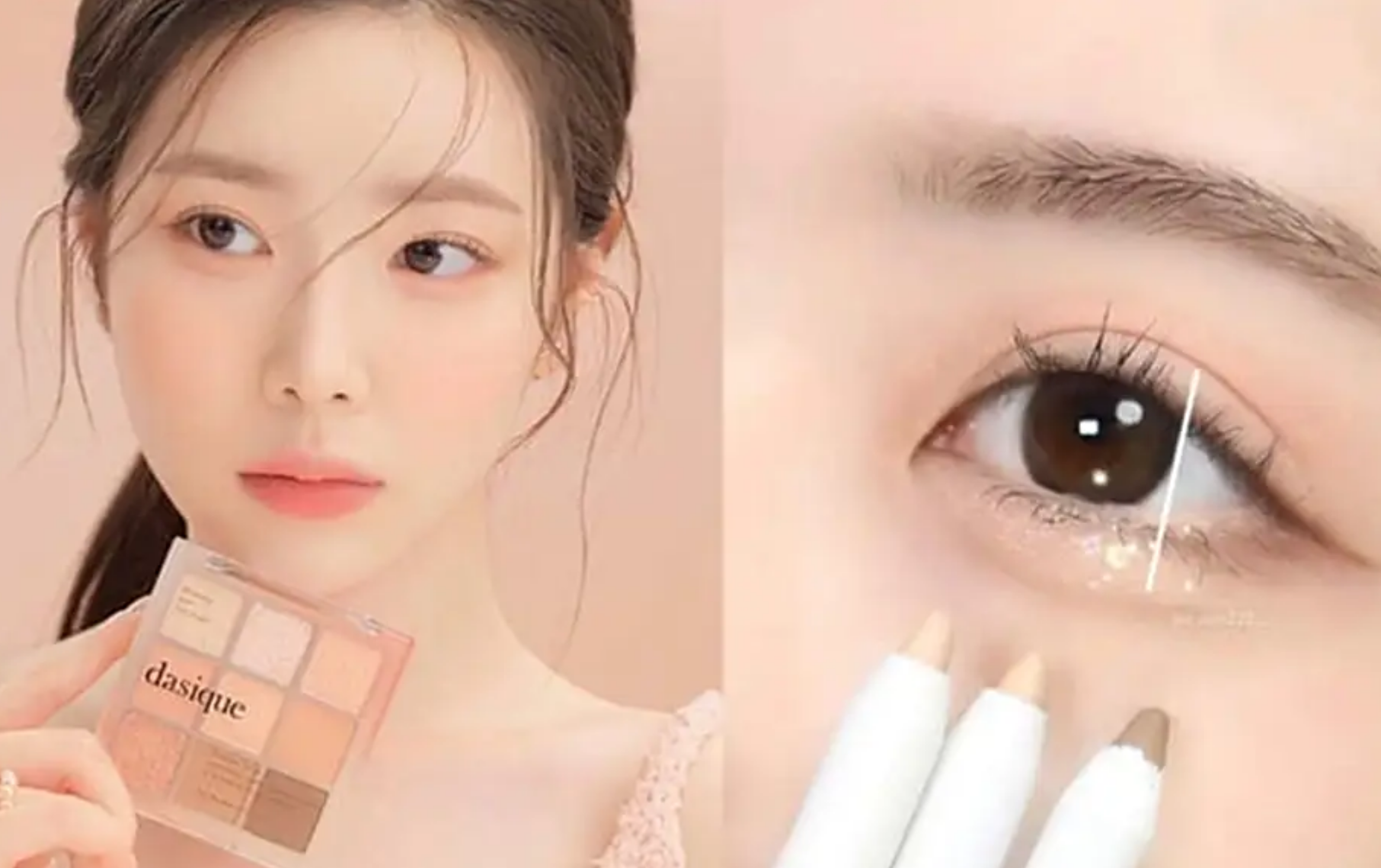 Applying eye bags requires precise measurement. The ideal width should be one-third of the eye height, positioned precisely on the physiological ridge of the lower eyelid. 3D scanning data from L'Oréal Paris shows that correctly applied eye bags can increase the visual height of the eyes by 18%. When applying, follow the principle of "highlight first, then shade": first highlight the main area of the eye bag with a light apricot shade, then lightly apply a cool gray-brown to the lower edge. This technique is less likely to appear smudged than the traditional method of shading first. It's important to avoid extending the highlighting to the outer corners of the eye, as this will create a tired, "eyebag" effect.
Applying eye bags requires precise measurement. The ideal width should be one-third of the eye height, positioned precisely on the physiological ridge of the lower eyelid. 3D scanning data from L'Oréal Paris shows that correctly applied eye bags can increase the visual height of the eyes by 18%. When applying, follow the principle of "highlight first, then shade": first highlight the main area of the eye bag with a light apricot shade, then lightly apply a cool gray-brown to the lower edge. This technique is less likely to appear smudged than the traditional method of shading first. It's important to avoid extending the highlighting to the outer corners of the eye, as this will create a tired, "eyebag" effect.
The future of eye makeup technology is moving towards personalization. AI makeup simulation systems can already accurately calculate each person's unique golden ratio through facial scans. Shiseido's "smart contact lens" technology can even automatically adjust iris color rendering based on ambient lighting. But no matter how technology advances, understanding these basic principles can help us maintain rational judgment in the ever-changing beauty trends and find the "eye-enhancing technique" that truly suits us.
